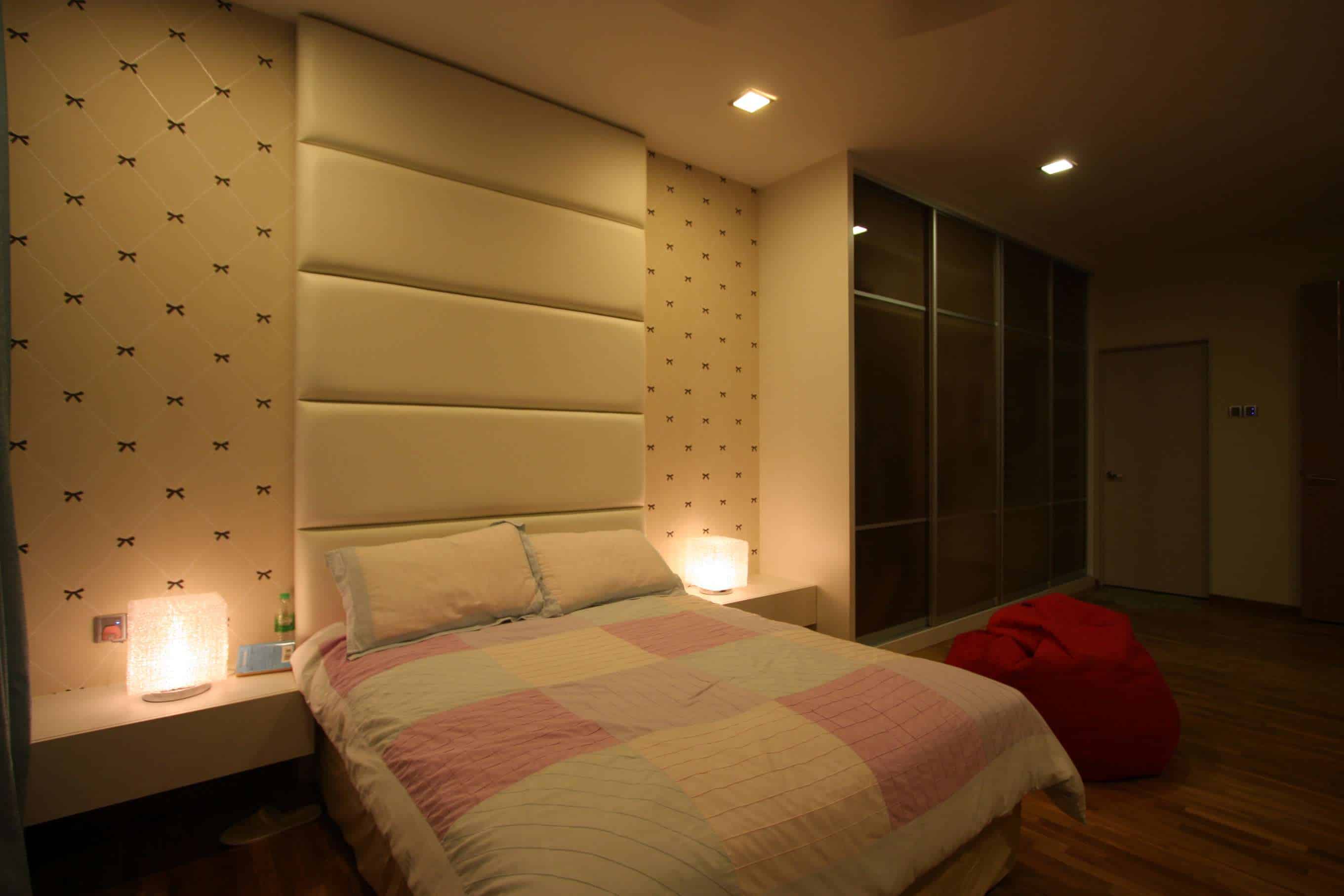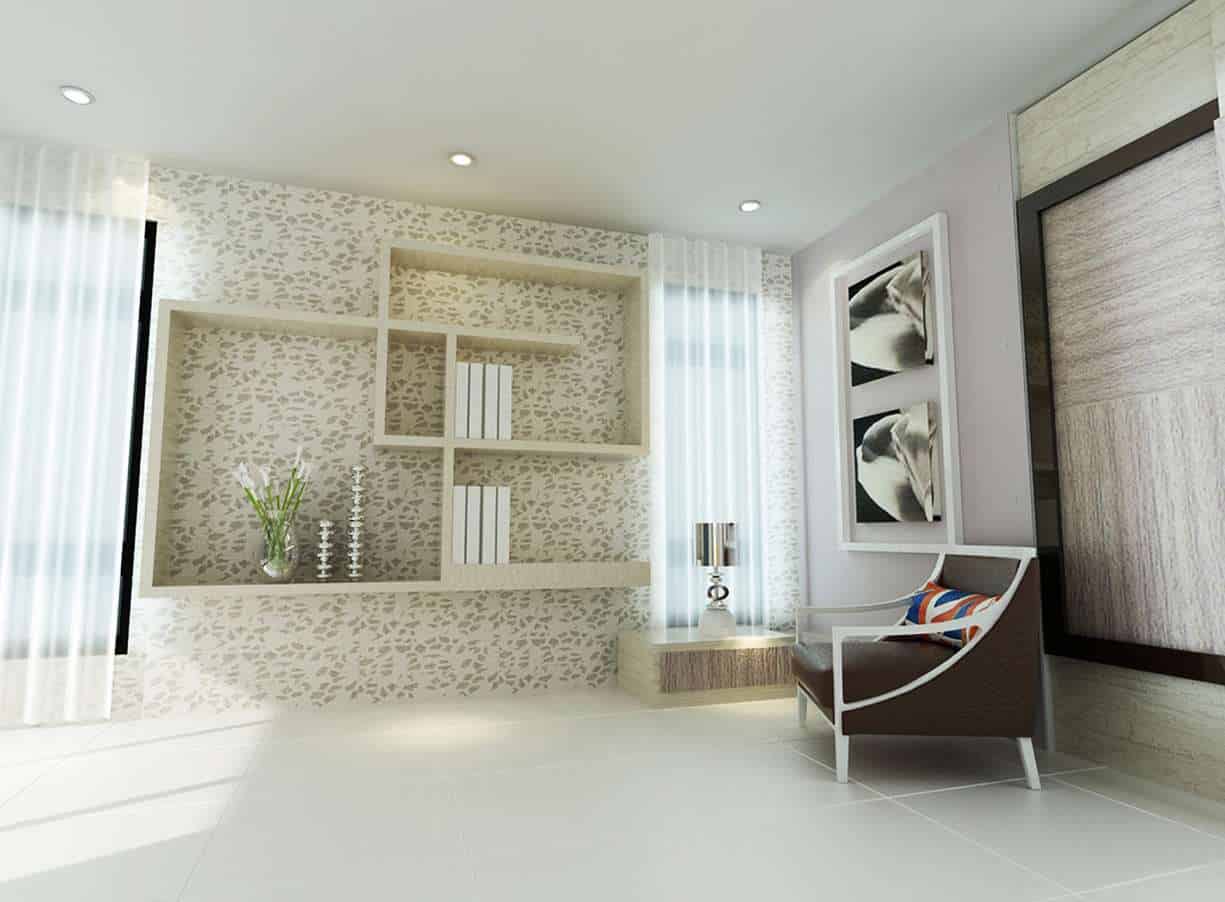Interior Design KL - Where to find the best company?
by Adwords on July 19, 2021
The visual appearance of the colour of light, normally called cold or warm, is known as colour temperature.
In this post, we will talk about the importance of lighting colour temperature before we go into choosing the right lighting colour temperature for your interior design.
However, before you can appreciate the importance of colour temperature, you need to first understand what it is.
Consider heating a metal object on fire. As the metal object warms up, it begins to glow in various hues of red, yellow, white, and blue as the flame grows hotter and hotter.
On the Kelvin temperature scale, different temperatures of this flame correspond to different wavelengths of light from the metal. The lowest end (about 1800 Kelvin, or 1800K) is the strongly red-orange light produced by a match or a candle.
The readings at the high end (15000K and up) correspond to the light seen when looking up at a clear, blue sky.
The majority of commercial lighting is between 2000K and 6000K. 'Warm white' or 'soft white' bulbs with a colour temperature of around 2700K are meant to mimic incandescent lights, producing an orange-tinted, comfortable, 'warm' light.
Warm light is said to be the most comfortable and welcoming light for usage in the home.
Colour temperature is measured on a numerical scale in Kelvins and offers information on the quality of light emitted by a bulb, notably the colour and atmosphere it helps to produce.
Colour temperature has a big impact on how a room looks and feels. As a result, it's critical to select the appropriate colour temperature based on the mood you wish to achieve.
The higher the colour temperature on the Kelvin scale, the colder and more energizing the light will be.
A warmer, more soothing glow may be achieved by lowering the colour temperature. These words describe the aesthetic that light bulbs provide to an area and should be carefully examined to achieve the intended purpose, mood, and style.

This temperature's warm tones provide a soft glow of light, akin to candlelight; it's excellent for low-light situations where ambient lighting is appreciated.
This is a less frequent option, yet it's acceptable in the proper situation. This lighting colour temperature is great for your living room and bedroom design.
It helps to set the mood for a romantic evening or relaxing alone.
This colour temperature also creates a light that is warm and inviting. It's the hue of incandescent lighting in general.
If your interior design includes brown woods or warm hues like red, gold, or orange, choose a 2700 Kelvin bulb.
This is a cold and bright lighting colour. Because of its proximity to morning light, it is recommended for workspaces, kitchens, and restrooms designs.
For areas with a lot of cool hues like blue, green, or white, go with a 3000 Kelvin bulb. Grey neutrals and stainless-steel elements go well with this lighting. Find a lamp that is closer to 4000K for a cooler light.

This colour temperature is equivalent to sunlight at high noon. It has a blue or white look. This energizing hue should be utilized for security lightning, artwork displays, and commercial applications.
It may also be used in laundry and baths and would be ideal for bathroom vanity. A daylight colour temperature can be used for jobs that demand focus, such as reading or complex projects because its lively feel can assist concentration.
The light source in space influences everything in that room. A white wall illuminated by a 3200K light source might seem green when illuminated by a 4000K light source. A 2500K light source may make the same wall appear yellow.
Therefore, when choosing lighting for different areas of your house, it is a good idea to consult with an interior designer or lighting expert.









